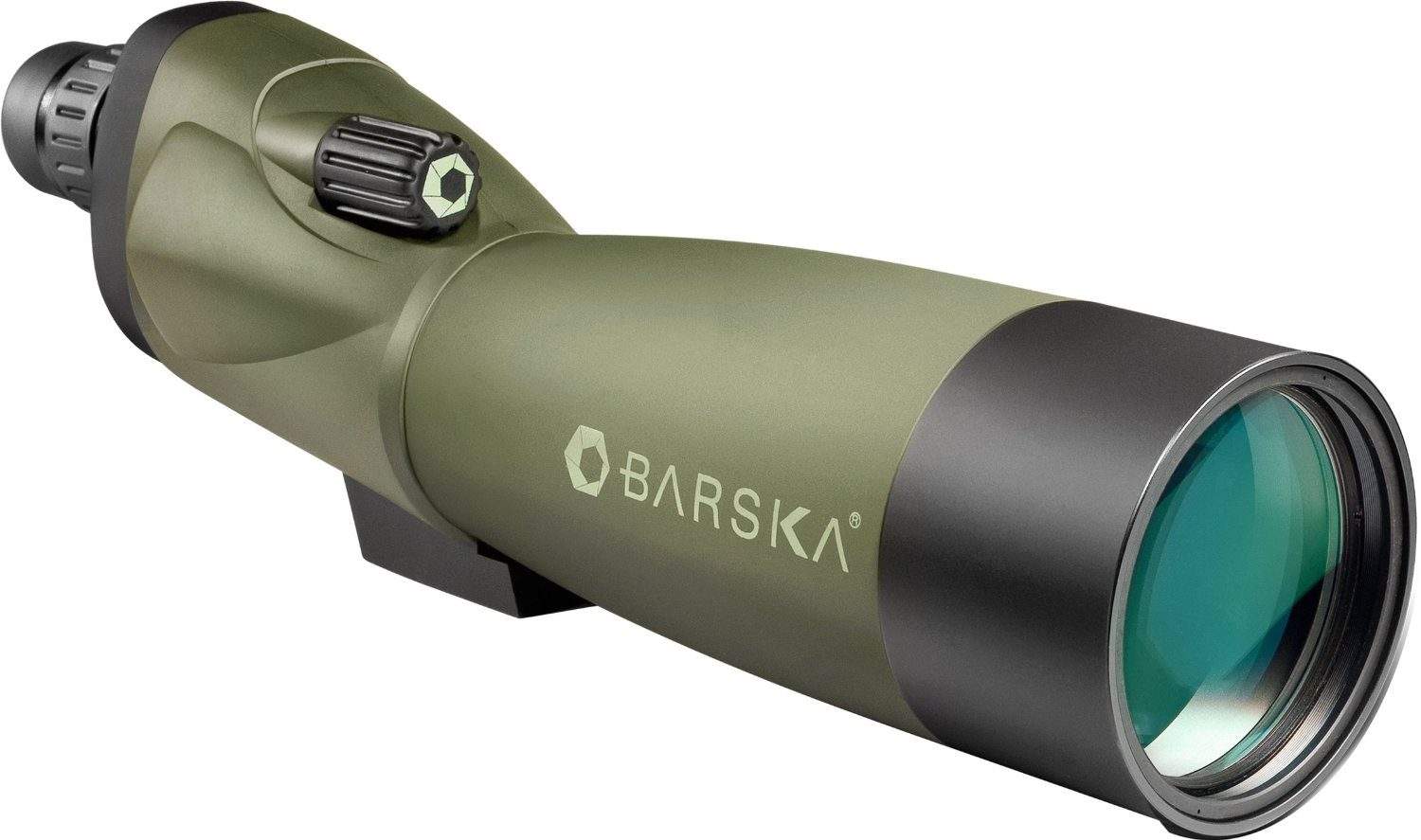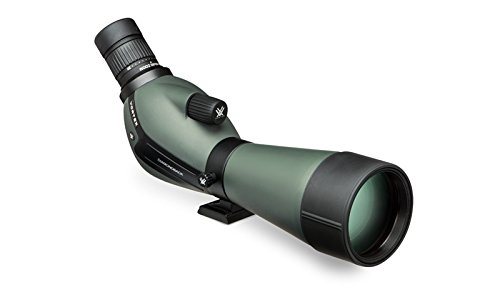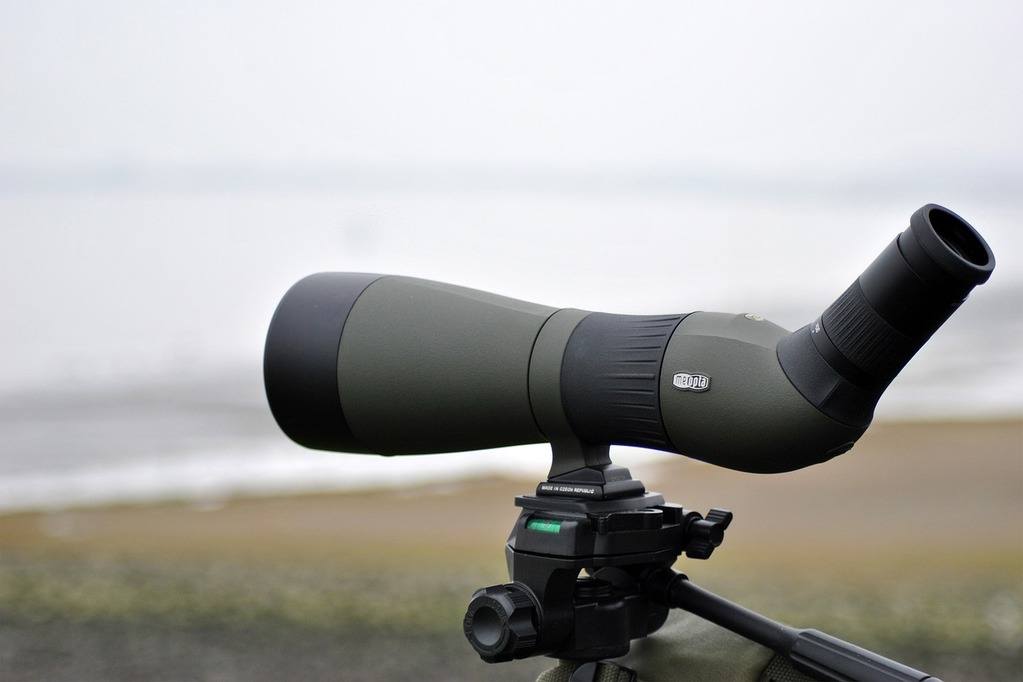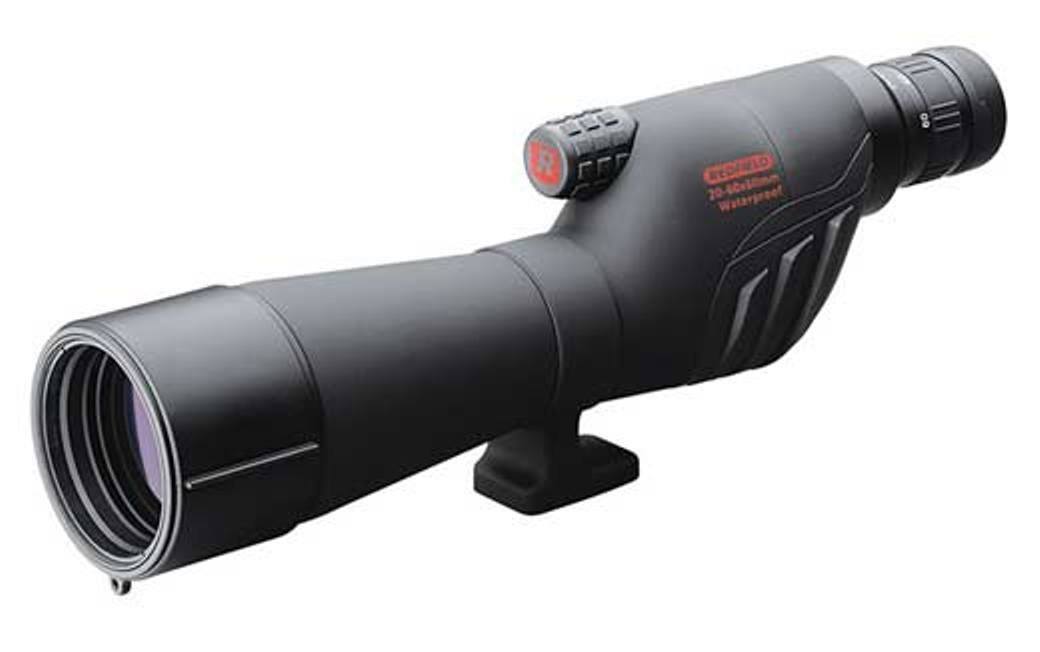Angled Vs Straight Spotting Scope: Detailed Analysis, Pros, Cons and How to Choose?


Here we talk about Angled Vs Straight Spotting Scope. So, after going through the write-up, you will be able to gauge the difference between them and make a decision that which one is better for your purpose.
While we have been confining students to classrooms full of benches and books and long hours doing homework it has now become the need of the hour that we make the present and upcoming generation realize the allure of this beautiful nature around us. There are various ways by which we can do so such as trips, trekking, camping, safari, a visit to a biological park, etc.
These activities will not only be fun but teach them a lot of things as well. Technology too has a role to play since children these days love everything Technik and what better than this could appeal the most to them. Hence, there are a lot of various devices and instruments in the market which can make you fall in love with nature such as telescopes, spotting scopes, monoculars, binoculars, etc.
Here we talk specifically about spotting scopes because:
- It is portable as well as handy which makes it very easy to carry and you don’t have to give packing this in your backpack a second thought.
- It is a high-power telescope which means you get very clear, high quality and erect images.
These spotting scopes are of two types based on their shape – angled and straight.
Let us first take a birds-eye view on the angled spotting scope.
So, an angled spotting scope is a spotting scope where the eyepiece is placed at an angle of 45 degrees or 90 degrees to the body of the instrument and hence the name, angled spotting scope.
These basically are an ideal choice for every adventure under the Sun. A very versatile and easy to work with the instrument has an array of advantages to prove its worth.

Here Are Some Pros of Angled Spotting Scope:
For Birding:
Bird watching is a hobby for some but therapy to many. To enjoy this therapy to the fullest you need to have a versatile, handy and flexible spotting scope so that all you have to focus on is your sight and nothing else.
An angled spotting scope is just the right choice here since looking upwards in the sky to spot those migratory birds flying is no more a stressful task. This is so because even when you look straight you are looking downwards into it.
Sharing The View With Others:
An angled spotting scope is much easily placed on a tripod to get an undisturbed view and when you want to share the view with others they can still easily watch the same view without much hassle of adjusting or moving the tripod or instrument.
Doesn’t Give Much Strain:
Bird watching is surely not everyone`s piece of cake since it requires a lot of patience and calmness. But with an angled spotting scope you can definitely give it a try.
These spotting scopes make it easier to sit back and relax for a longer duration without giving much stress on your neck.
Investing in Tripods:
An angled spotting scope, as compared to a straight scope, makes it much easier to spot birds at higher plains and you can do with tripods of small heights as well.
This being cheery on the cake concludes the advantages of an angled spotting scope where you can save your money by buying a smaller and more affordable version of a tripod.
These Angled Spotting Scopes Have Some Cons As Well. These are:
Experience Required:
Angled spotting scopes are surely a revolution for bird watchers but it might not be so useful for a newbie due to its design and various setting you need to do to have the perfect sight and image formation.
Affordability:
If you are at a budget and not want to burn a hole in your pocket this isn’t what you should be going for. These scopes designed for a bit more experience people can be more expensive than other versions.
Too Many Features:
Since these are more expensive they have a lot of new and exciting features but for some people, it might be a bit tricky and complicated.
Another type of spotting scopes is the straight ones. As the name suggests each part of the instrument is in a horizontal and straight line. The eyepiece, however, is placed a bit higher manages to be in line with the objective lens and the body of the instrument.
Example of an Angled Spotting Scope
- The Razor HD 27-60x85 Angled Spotting Scope employs high-end optical technology, precision craftsmanship, and...
- Triplet Apochromatic lens combined with high density, extra-low dispersion glass delivers unparalled resolution and...
- A smooth helical focus dials in razor sharp resolution and keeps the scope trim for easy packing. The multi-position...
The Pros of a Straight Spotting Scope Are Listed Below:
User- Friendly:
A straight spotting scope is easy to use and user- friendly. A novice can definitely make use of it very easily and without much hassle.
Quick and Easy Spotting:
A straight spotting scope is very versatile even more than an angled one and it is very easy to spot a bird or an animal. It is actually very quick and can be used very easily.
Easy to Pack:
While packing for a trip deciding what to take with you and what not can be a really daunting task. The straight spotting scope though fits really well and doesn’t take much space either while an angled scope due to its complicated design demands extra care and space in your little backpack.
Easy to Switch:
Since the eyepiece is at your normal eye level you can easily switch between your normal view and the view through the scope. This is more comforting to your eye and makes spotting the target an easier task.
Alike every coin has two sides the same goes with these spotting scopes.
While they have advantages, they have an equal or even lesser number of disadvantages as well.

Some of the Cons of Straight Spotting Scope are Listed Below:
Sharing the View:
This point is counted as an advantage for angled spotting scopes but unfortunately is a disadvantage with the straight ones. When you aren’t using a tripod isn’t that easy to share the same view with your companion while he is right next to you. He needs to set the instrument back to its angle and everything to get the desired view.
Looking High:
Again, one of the kickbacks of these scopes is that viewing your target at a higher level is sure to give you a hard time. It can badly hurt your neck while you have held your head up high.
Eyelevel:
While you are trying to get that undisturbed focused sight, you will need a tripod that matches your eye level. Moreover, every time you move you will have to change the setting, again and again, to go back to the same view.
Straight Spotting Scope example
- 80mm objective lens straight spotting scope body only. Requires an eye-piece sold separately.
- High contrast images right up to the periphery and total color fidelity even in poor light.
- High Definition (HD) instruments for highest possible sharpness and color fidelity.
Conclusion: Angled Vs Straight Spotting Scope
Now that we have well weighed both sides of the weighing scale the final decision totally depends on you. Observe the pros and cons carefully, see what suits your needs and your budget the best and look for the best option.
There are a lot of models and variations from different brands and one of them will definitely be the right choice for you.
Here is our list of the best spotting scopes present in the market today.
Do remember, these instruments are a one-time investment and last you for a lifetime unless you get bored of it. Happy birdwatching!
Last update on 2025-04-18


